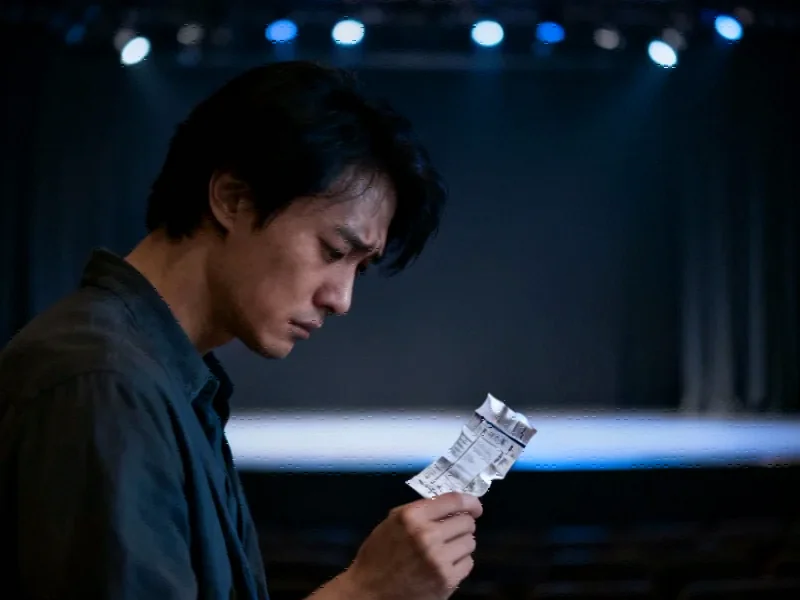According to Gizmodo, Netflix is launching two major immersive fan experiences called “Escape the Dark” and “Survive the Trials” at the Galleria Dallas on December 11, 2024. The Stranger Things experience costs $45 and tasks players with rescuing three Hawkins townspeople using flashlights and binaural headphones, while the Squid Game experience costs $39 and challenges players to complete five different games within one hour. There’s also a Netflix Replay Game Room featuring physical challenges based on shows like KPop Demon Hunters and Sakamoto Days, with game cards priced at $10. General public tickets go on sale on Tuesday, November 18, 2024. Both experiences are launching as their respective shows conclude by year’s end, making this Netflix’s latest physical entertainment expansion following similar installations in Philadelphia.
Netflix’s Physical Strategy
Here’s the thing about Netflix House – this isn’t just some random pop-up. It’s part of a much bigger strategy to keep fans engaged beyond their screens. Think about it: when your biggest shows end, how do you maintain that cultural relevance? You create physical spaces where people can literally step into the worlds they’ve been watching for years.
And honestly, the pricing is pretty clever. Free entry to get people in the door, then premium experiences at $39-45 that feel like decent value for an hour of immersive entertainment. That Replay Game Room at $10 per card? That’s the impulse buy territory that could actually drive significant revenue.
The Experience Breakdown
What’s interesting about these specific designs is how they’re leveraging different types of immersion. The Stranger Things experience with binaural headphones and flashlights? That’s pure atmospheric horror – they’re banking on tension and discovery rather than physical challenges. Meanwhile, Squid Game’s five challenges in an hour feels much more like the competitive, high-energy experience the show is known for.
But here’s my question: can these really capture the magic of the shows? I mean, part of what makes Squid Game terrifying is the life-or-death stakes. When you’re paying $39 and know you’ll walk out alive, does it lose something? Still, the fact that they’re timing this with both series concluding suggests they’re aiming for that “final chapter” energy where fans are most invested.
Bigger Picture
Netflix is basically building a distributed theme park model without calling it that. Philadelphia gets One Piece and Wednesday, Dallas gets Stranger Things and Squid Game. They’re testing what works where, probably gathering insane amounts of data about what experiences drive the most engagement and spending.
The real genius move? Using these physical locations to promote their newer IP like KPop Demon Hunters and Sakamoto Days. It’s a cross-promotional engine that gets people excited about shows they might not have discovered otherwise. Basically, they’re creating a feedback loop between digital content and physical experiences that could become a significant revenue stream beyond subscriptions.
Want to check out the details yourself? You can explore the Stranger Things experience, see what the Squid Game challenges involve, or get location details for the Dallas Netflix House.




